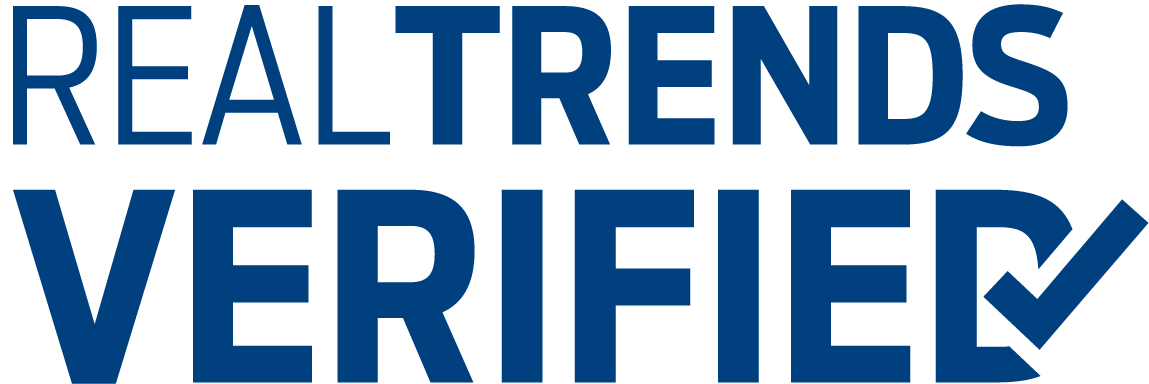Resistance is like a Jedi mind trick. It’s not really there, but it feels like it is. And the more you think about it, the more powerful it becomes.
New goals are likely to fall apart before February ends. That’s according to data from Strava, a social network for athletes.
The company analyzed more than 31.5 million fitness records from its users and found that our annual commitments start crumbling in the middle of January. Strava’s research only draws from its own user base, so it could be skewed, yet a frequently cited study from the Journal of Substance Abuse Treatment produced similar findings: Only 55% of participants stuck to their goals for a full month.
Yet don’t let the data discourage you.
Resistance is normal. You’re likely to experience it at some level when trying to change, regardless of how positive your intended change is. Try not to fight resistance; instead, accept that it will happen. By recognizing resistance and understanding why it happens, you can focus your energy on making positive changes stick for the long term.
And by spending a little time thinking about the potential obstacles, roadblocks, and impediments you may encounter during the change process, you can reduce your resistance levels and increase your chances of success — and overcome resistance. Here are four steps to walk you through that process.
Step one: Remember the reason for your goal
Get back in touch with the reason you started the change, resolution, goal or process to begin with. Review these four questions:
• What will happen if I do change?
• What will happen if I don’t change?
• What won’t happen if I change?
• What won’t happen if I don’t change?
Step two: Identify the root of resistance
No judgments! Once you’ve identified the reason for your resistance – the root cause of your frustration – you can look for a way to meet the needs of your resistance while not allowing it to prevent achieving your goals.
Take a 10-minute break, then come back to the task – a pattern interrupt.
Step three: Just do it
Act opposite to your feelings. Of course, if you don’t feel like making your sales calls, make them anyway!
Step four: Let go
Take action. Let go of what you have no control over. Sometimes, becoming aware of your repetitive patterns is all that is required. But other times, we need to take a deeper dive.
In the book A Course of Miracles, they say there are only two emotions: love and fear. If you are in a place of resistance about something, look for the fear behind it and find a way to dissipate it.
Final thoughts: Identifying what can kill your goals
My friend and mentor Tom Ferry wrote about four “addictions” that kill more dreams than any other. In my view, they are all patterns of resistance that each of us can control and change if we choose:
- The addiction to the opinions of other people. As a society, we’re addicted to what others think about us and how others’ worldviews affect us.
- The addiction to drama. Some people are drawn to and consumed by any event or situation that occupies their thoughts and fills their minds with negativity, which often brings attention to them in unproductive ways.
- The addiction to the past. These people have an unhealthy attachment to events or situations that have occurred in the past and are stuck in how things used to be.
- The addiction to worry. This addiction is comprised of all the negative and self-defeating thoughts that make us anxious, disturbed, upset, and stressed that hold us back in life.
Resistance is not futile — it’s a valuable learning tool. Use it to your advantage. Think breakdown to breakthrough!
Mark Johnson is the co-founder of CoRecruit and a business partner in Third Pool Recruiting, an author, speaker and thought leader in the real estate space.

